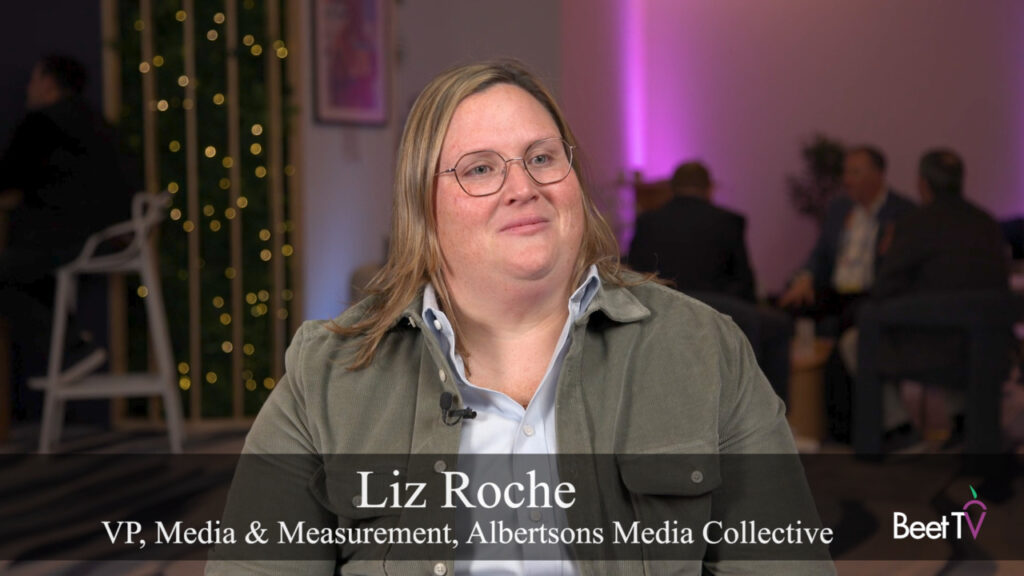The coronavirus pandemic has hit advertising spend hard, but are there signs the market may be starting to expand again?
Tal Chalozin has data he says proves it. Innovid, the video ad-tech serving supplier Chalozin co-founded, just released a product that lifts the curtain on all the trends being seen this month…
Just launched! Innovid iQ: A weekly snapshot of global video impressions by vertical, device and publisher type to help marketers tackle the changing advertising climate due to COVID-19. Check out the latest insights: https://t.co/nUp4PiXFyk #Adapt2020 #InnovidiQ #CTV pic.twitter.com/UwdYyqaRv7
— Innovid (@innovid) April 22, 2020
According to the platform, Innovid iQ, trends include:
- Some sectors’ video ad impressions are returning to February or March levels.
- Retail advertisers put the brakes on advertising, but have lately seen a massive jump in global video impressions, rebounding by 145% week-over-week in mid-April.
- Connected TV has replaced a portion of mobile video ad impressions.
- Automotive ad impressions have crashed, and auto brands continue to accelerate out of digital channels.
Chalozin estimates Innovid’s data covers 35% of the US streaming video ad market, which he says is the largest share. Innovid iQ data is culled from every campaign run across Innovid each week.
The only way is up
It’s not that the pandemic hasn’t been damaging, of course. We have recently reported how ad rates in the TV industry have been slashed, whilst many advertisers are actually pulling out of digital channels.
“We have seen a tempering of several verticals,” Chalozin tells Beet.TV, in this video interview. “However, there’s quite a lot of verticals that actually increase their spend,” he adds, noting telecoms and ecommerce companies have been spending more.
“The first two weeks of April, were the lowest point in the dip that we believe that we will see.
“We believe that, from this moment, we will go up.”
TV takes the hit
eMarketer has now revised-down its forecast for 2020 first-half US TV ad spend, from a 2% increase to a drop of between 22.3% and 29.3%.
Much of the drop will come from ads lost around sports programming, which cannot happen during the pandemic lockdown.
At least the latter half of the year includes a US presidential election, though broadcasters and publishers will hope that a postponement does not occur.
“Aside from the lost sporting events, we expect TV advertisers to take a wait-and-see approach as the economy continues to stall,” said eMarketer principal analyst Nicole Perrin.
Connected TV is unique
Adomik data shows connected TV CPMs have cratered recently, but actual revenue from connected TV ads has grown – the only platform out of mobile, desktop, tablet and connected TV to show revenue growth.
For Innovid’s Chalozin, all these shifts have real consequences for measuring the effectiveness of advertising.
“What we’ve seen is the connected television became the largest device category that people watch digital video in the United States,” he tells Beet.TV.
“That means that you really need to think about what’s the KPI, how do you measure success? Because people cannot click.”














































